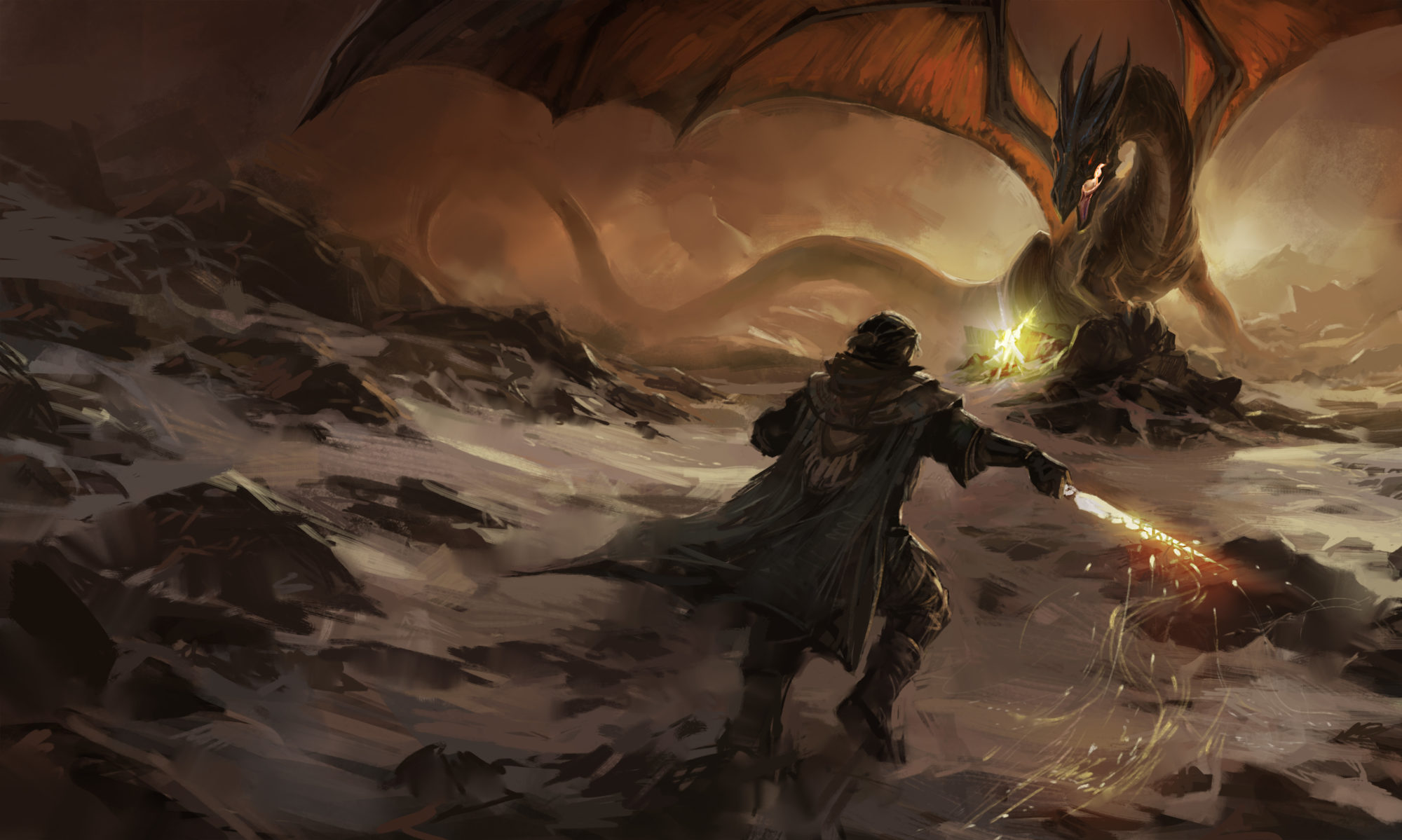Monday this week was a day made for disappointment. It always is, but this week was worse than most. After an ice storm lent me another four-day weekend, it was a real bummer to come back to the office. Nobody was in a great mood, and everybody had a lot of work that needed doing, to get caught up. I put in my nine miserable hours, packed up some extra reading to take home with me, and then called it a day.
The roads were pretty clear by then, except for the steep-walled piles of dirty gray slush spilling onto the sides, but the drive still posed some little risks. I felt my car slip a little turning onto MacArthur, and again as I pushed up the ramp onto the highway. It was nothing dangerous, really — just little reminders that the road wasn’t really dry.
I hardly needed them, though. My windshield was enough evidence of that, with the thin, semi-transparent patina of slush thrown up by the cars ahead of me. That got a lot worse when I got onto the highway, and I was leaning forward, waiting for another pass of my worn out wipers, when the car in front of me threw up more than just slush. A pebble the size of a BB flipped up and smashed against my windshield, inches from my nose.
The sound of it startled me — surprisingly loud crack in the still of my car –and as I flinched back, I wondered if it had chipped the glass.
I first started driving in 1995, and I drove for fourteen years without ever getting a cracked windshield. I’ve certainly taken my share of pebble bombardment, but they make those suckers pretty strong. Still, the thought crossed my mind because, only a week earlier, gravel bouncing out of the back of a dump truck had put a big score in the driver’s side glass right above the dashboard. First time in my life, and here came another pebble one week later.
And then the wipers blurred by, smearing away the muck, and they left behind a single glittering spot, ten inches above the week-old chip. I grunted in frustration, I rolled my eyes, I probably thought something mean about the driver of the dirty white Tercel.
But then a sarcastic smile twisted my lips. I shook my head and chuckled, and said, “I wonder if I constructed that.” See, I believe in something called social constructionism, and one aspect of it is that the things we expect, the things we anticipate, are the things that are likely to show up in our reality. By worrying about my glass getting chipped, had I made it happen? It was a swift-passing thought. I sighed and let it go. Probably just coincidence. It’s a funny old world, after all.
The words were still fresh in my mind, the smile still on my lips, when I heard the distant groan and rip just before a sheet of ice tore free from that same car. I’d seen it happen on my drive in that morning, and even once or twice already on my drive home, but this time it happened right in front of me. A blanket of ice and snow packed two-inches thick suddenly caught the wind, dancing like a kite up into the air for two seconds, three, and slashing back down to earth.
I was too close, though. I got in the way. The largest shard — probably two feet across — came stabbing straight down at me. I braked, I swerved, but there was no time. I caught a dozen pounds of ice dead center on the passenger side of my windshield, at sixty miles per hour. It boomed like an explosion, and the whole windshield shattered — safety-glass holding the fractured bits in place, but ruined.
It was five o’clock on a Monday afternoon, northbound in the left-hand lane of one of the city’s major thoroughfares, so I had sixty-MPH traffic right on my tail. As soon as I knew I was still alive, I put my foot back on the gas. My heart thundered, and I had to fight to catch my breath, but the windshield held. I had a small rectangle, maybe two feet by one, right at eye level on the driver’s side where the glass was whole. It was enough to give me a clear view of the road, as long as I leaned forward. It was enough to get me home, anyway.
So I drove on, terrified every time another piece of ice flipped up into the air and wondering if the shattered windshield might give way yet. Ten miles still to go, and nobody else on the road cared how fragile my situation was. I just focused on breathing, focused on getting home safely.
And while I was at it, I tried my hardest to ignore that chip, right in front of my nose, marring the one bit of good glass left to me.
(I prepared this post according to the assignment description in this week’s Creative Writing exercise over at UnstressedSyllables.com. I’d love any feedback you’ve got to give.)
